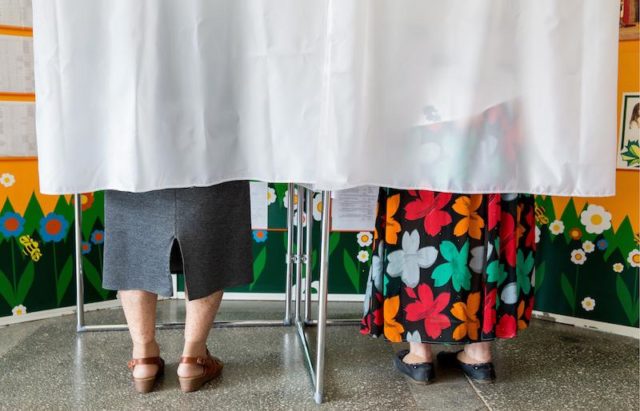
Russian Election Law Considers Finland a Part of Tatarstan
By:

Russia held nationwide elections for the State Duma (lower house of parliament) on September 18, and Russian citizens living in foreign countries were also allowed to vote. One of the legislative innovations this year—or, to be exact, a return to the model that operated in the Russian Federation until 2007—was the establishment of single-mandate electoral districts. In the previous Duma elections (2011), all 450 deputies were proportionally elected from party lists. But this year, half of them—225—were elected by majority vote to represent specific territories in Russia. Strangely, however, the nearly two million Russian citizens living outside Russia were not allowed to vote for candidates in the single-mandate districts they may have left behind in their home country. Rather, foreign voters were involuntarily “attributed” one of 75 single-mandate districts dispersed across 30 different Russian regions. But nobody can see any logic in this distribution of votes cast abroad.
Residents of Russian northwestern regions—especially from St. Petersburg and the Republic of Karelia—often travel to Finland on the weekends. However, everyone who, on Sunday, September 18, went to the polls in one of Russia’s diplomatic missions in Finland was probably surprised to receive a ballot inviting them to vote for Duma candidates from Almetyevsk, a city located in the Republic of Tatarstan (Helsinki.mid.ru, August 25). It is overwhelmingly unlikely that almost anyone who voted in the Duma elections in Finland last month had any prior knowledge of the candidates vying for a parliamentary seat from the Almetyevsk electoral district. So without knowing these candidates’ electoral programs, business links or personal qualities, voters in Finland were forced to vote purely based on party affiliation.
In other countries, the situation looked similar. For example, Russian citizens in Sweden voted for candidates from the small town of Slavgorod in Altai Territory. Voters in Stockholm and Göteborg likely learned this would be the case only on election day (Ryssland.se, accessed October 10). Russian voters in Estonia, due to their large number (119,696 people), were divided up into several electoral districts. Residents of Tallinn and Narva who kept their Russian citizenship as well as tourists (mostly from St. Petersburg) voted for candidates from Krasnodar and Stavropol territories as well as Volgograd and Rostov regions (Vedomosti, September 3, 2015). Russian citizens voting in Latvia were “attributed” to Sakhalin and Magadan regions. Russians in the United States chose single-mandate deputies from Samara oblast, on the Volga River. And Russian voters in Germany decided who would enter the Duma from the Siberian oblast of Tomsk.
This “distribution” of foreign Russian voters to various districts inside the country skewed election results in two important ways. First, those casting their ballots outside the Russian Federation found themselves in a ridiculous situation of having to choose among unknown-to-them candidates from distant regions. And second, local races across the country were unfairly influenced by ballots from abroad cast by Russians who may never have even visited these regions. This likely consequently added to the vote tallies of candidates from the ruling United Russia party in those districts.



